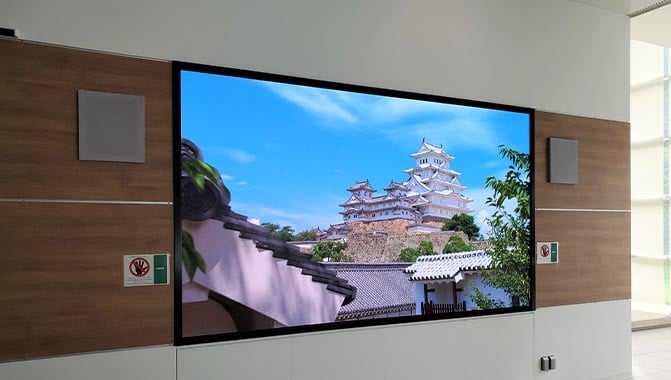To understand contrast ratios better, it is helpful to know how they are measured. The ratio is typically expressed as two figures, such as 1000:1. This indicates that the lightest white is 1,000 times more luminous than the deepest black. Screens with elevated contrast ratios offer richer blacks and more vivid whites, which improves the overall visual experience. When watching a movie or playing a video game, for example, these differences can create a more engaging environment. Users can observe elements that may be unnoticeable in displays with lower contrast ratios.
Different types of screen systems, such as LCD, LED, and organic LED, have different contrast ratios. OLED displays are recognized for their superior contrast because they can deactivate individual pixels completely, resulting in true black levels. Conversely, conventional LCD screens may struggle to achieve similar levels of darkness due to their illumination helpful resources methods. It is important for consumers to evaluate these differences when choosing a screen for their requirements. Grasping how each technology handles contrast can greatly influence satisfaction with the device.
Moreover, the significance of contrast ratio extends beyond recreational use; it also affects productivity in professional environments. For tasks requiring detailed visual analysis, such as visual design or image editing, having a display with a high contrast ratio enables greater accuracy and clarity. This ensures creatives can see fine details in their designs or images without strain. In learning settings, learners benefit from enhanced displays that make educational content more interactive and easier to understand.

In conclusion, improving image quality through understanding contrast ratios is vital for individuals using display technology. A greater contrast ratio leads to better image quality by delivering deeper colors and more clarity in images. As technology advances, consumers should remain informed about these factors to make decisions that best suit their preferences and Resources needs. Whether for leisure or productivity, being informed about contrast ratios maximizes enjoyment and effectiveness in using visual displays.